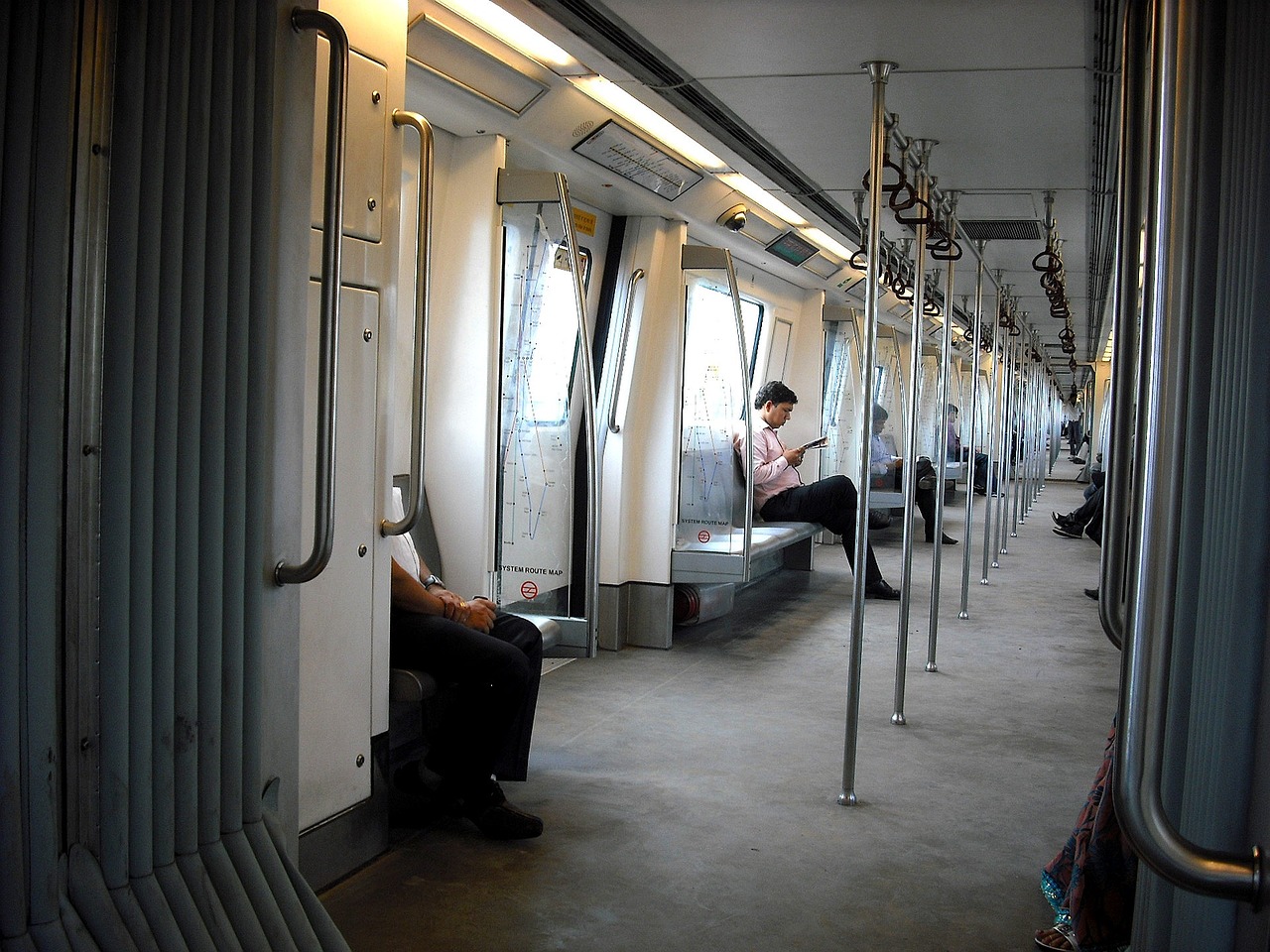
If you frequently keep your car idle, the risk of various damages to the car increases. Let’s explore how to keep the car safe.
Many individuals operate their cars extensively due to traffic and rising fuel prices. However, prolonged usage can pose various risks to the car. In this report, we provide information about the damages caused due to minimal car usage and suggest preventive measures.
- Tire Damage: If a car is not used for an extended period, it can adversely affect the tires. Keeping the car stationary for a long time exerts additional pressure on specific parts of the car’s tires. Moreover, the air inside the tires gradually decreases due to extended parking, leading to tire dryness and faster deterioration.
- Risk of Rust: Parked cars are susceptible to rust formation, primarily because soil accumulates around the stationary vehicle. The soil accumulates on the car’s surface and, when exposed to water, forms moisture that remains in one place for an extended period, leading to rusting.
- Engine Issues: Keeping your car idle for an extended period raises the risk of engine problems. When a car remains unused for a long time, dust and dirt can accumulate, causing radiator clogs. Consequently, when the car is eventually started, overheating may damage internal engine parts. This could result in significant repair expenses and downtime.
To mitigate these risks, consider the following precautions:
- Regularly Move the Car: Make an effort to move your car even for short distances periodically. This helps prevent tire damage and keeps the engine running smoothly.
- Covered Parking: Whenever possible, park your car in covered parking spaces. This protects the car from dust, dirt, and moisture, reducing the risk of rust formation.
- Routine Maintenance: Schedule routine maintenance checks, especially if the car remains unused for an extended period. This can help identify and address potential issues before they escalate.
- Start the Car Occasionally: Start the car and let it run for a few minutes, even if you don’t plan to drive. This helps maintain engine health and prevents issues associated with prolonged inactivity.
By adopting these measures, you can safeguard your car from the adverse effects of infrequent usage and ensure its longevity.









